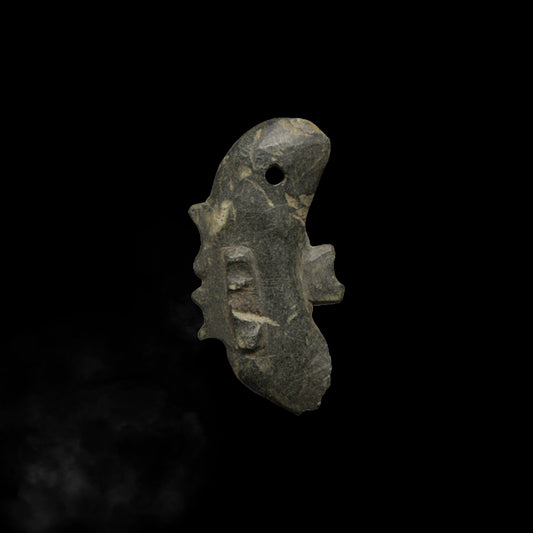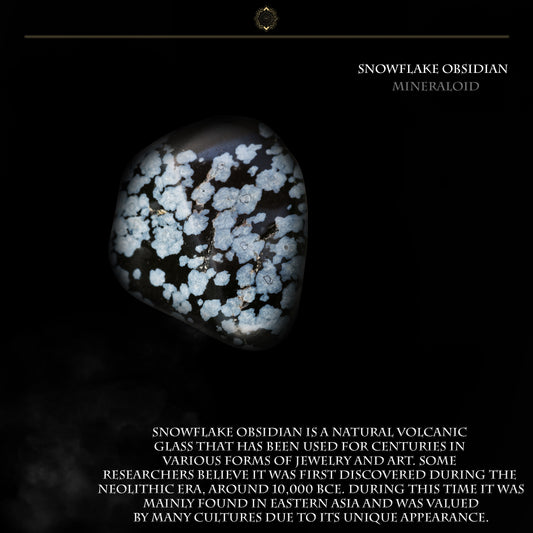
Pyrite the stone of Fire
With its dazzling golden glow, Pyrite has captivated human imagination for centuries. Often mistaken for gold, this glittering mineral holds a deeper, more mythological significance—especially in the lore of ancient Greece. Known as the “stone of fire,” Pyrite’s fiery sparkle made it a natural symbol in tales of divine rebellion, craftsmanship, and elemental power.
Pyrite, often called "fool’s gold" due to its striking metallic luster and golden hue, is an iron sulfide mineral (FeS₂) found in a variety of geological formations. Despite its resemblance to gold, pyrite is harder and more brittle, with a distinct cubic crystal structure. While not a source of iron or sulfur in modern industry, pyrite has been used historically for starting fires (striking it against steel to produce sparks) in fact its name derives from the Greek pyr, meaning "fire," as it sparks when struck.
In Greek mythology, fire was no ordinary force—it was sacred, transformative, and closely guarded by the gods. Pyrite, with its flame-like shimmer, was believed to embody the very essence of fire. To the Greeks, it wasn’t just a mineral; it was a symbol of divine energy and raw, creative force.

One of the most iconic stories in Greek mythology is that of Prometheus, the defiant Titan who stole fire from the gods and gave it to humanity. His gift ignited civilization, bringing warmth, technology, and enlightenment—but it came at a cost. As punishment, Zeus chained Prometheus to a rock where an eagle devoured his liver each day, only for it to regrow overnight.
Pyrite, in its fiery brilliance, became a symbol of this mythic defiance. Just as Prometheus sparked a revolution against divine authority, the mineral’s flame-like shine reminded mortals of the rebellious power that once lit up the dark.
No tale of fire is complete without Hephaestus, the god of blacksmiths and volcanic forges. Dwelling deep within the heart of the earth, his fiery workshops roared with molten metal and sparks. Hephaestus crafted weapons for gods and heroes alike, each one forged with precision and fire.

Pyrite, with its metallic sheen and crystal formations, seemed to echo the masterwork of Hephaestus himself. To the ancients, it was as if the earth had forged its own tribute to the divine smith—each shimmering surface a nod to celestial craftsmanship.
Pyrite may have also been inspiration to a key ingredient in Greek fire a flammable liquid projected from ships or handheld tubes (called siphons) onto enemy vessels. Upon contact, it would ignite instantly, spreading flames rapidly. It struck terror into enemies due to its relentless, water-resistant blaze.

Although we, don't know for sure the combination of ingredients it is believed to have contained:
Petroleum or naphtha (for flammability)
Quicklime (could ignite when in contact with water)
Sulfur and resin (to thicken and sustain the flame)
Possibly saltpeter (potassium nitrate) and bitumen
The sulfur most likely being sourced from Pyrite! The name “Greek fire” was given by Western Europeans; while in Byzantine texts, it was often called “liquid fire”, “sea fire,” or “Roman fire.”
Today, Pyrite is often admired for its natural beauty and mistaken identity as “fool’s gold.” But behind its glint lies a story far older and more profound. It was never just a rock—it was a relic of fire’s divine origin, a reminder of Prometheus’s bold gift, Hephaestus’s blazing forge and a spark of ingenuity for naval combat.


